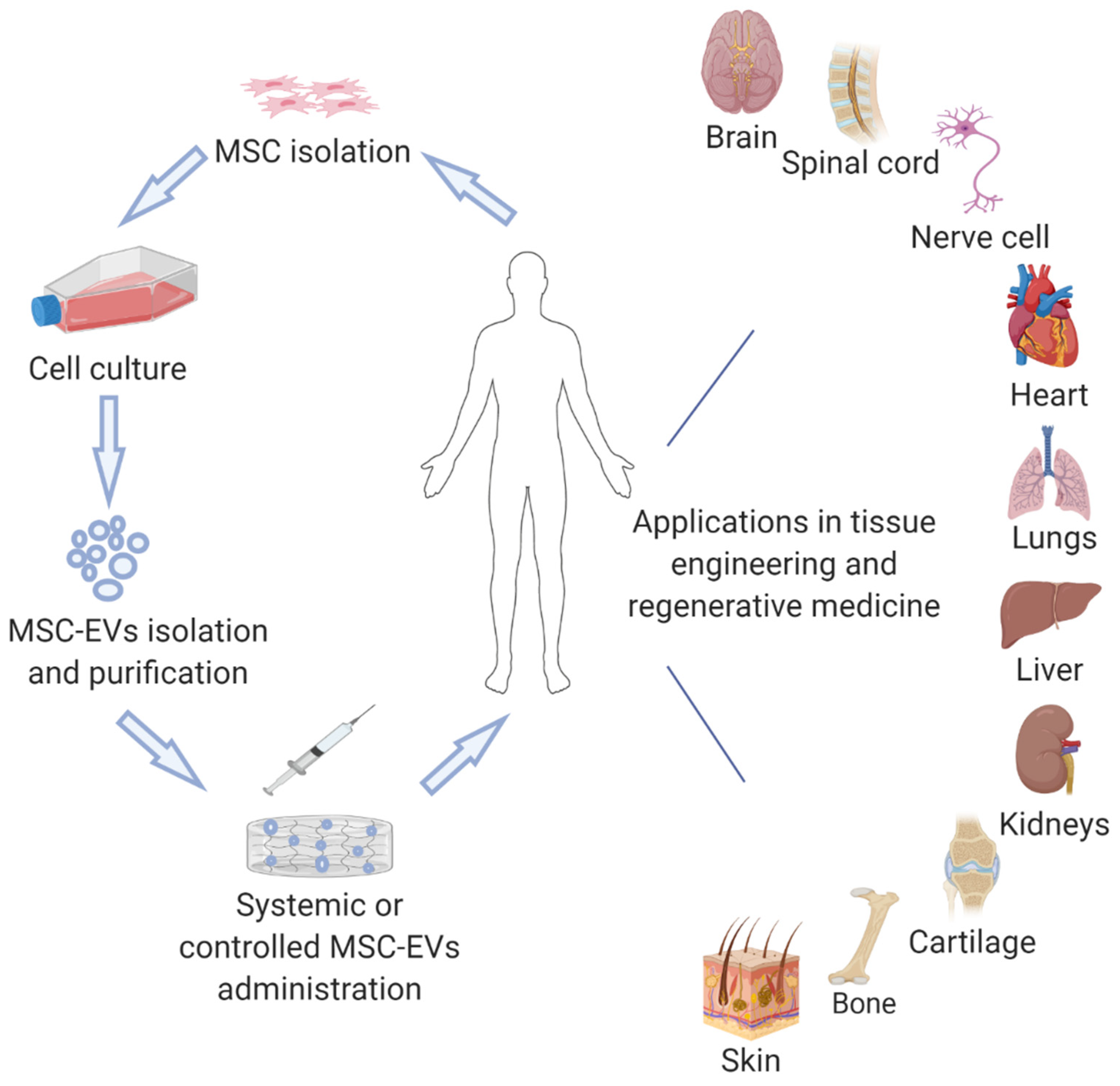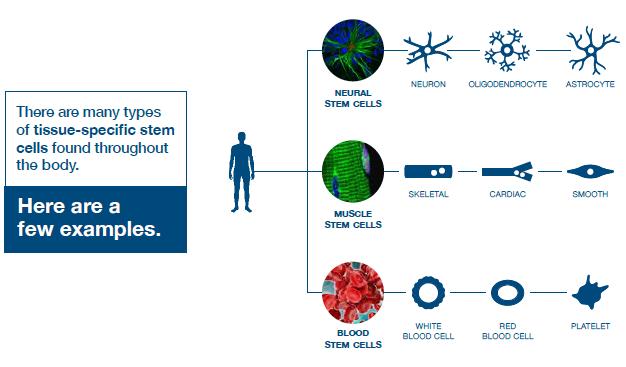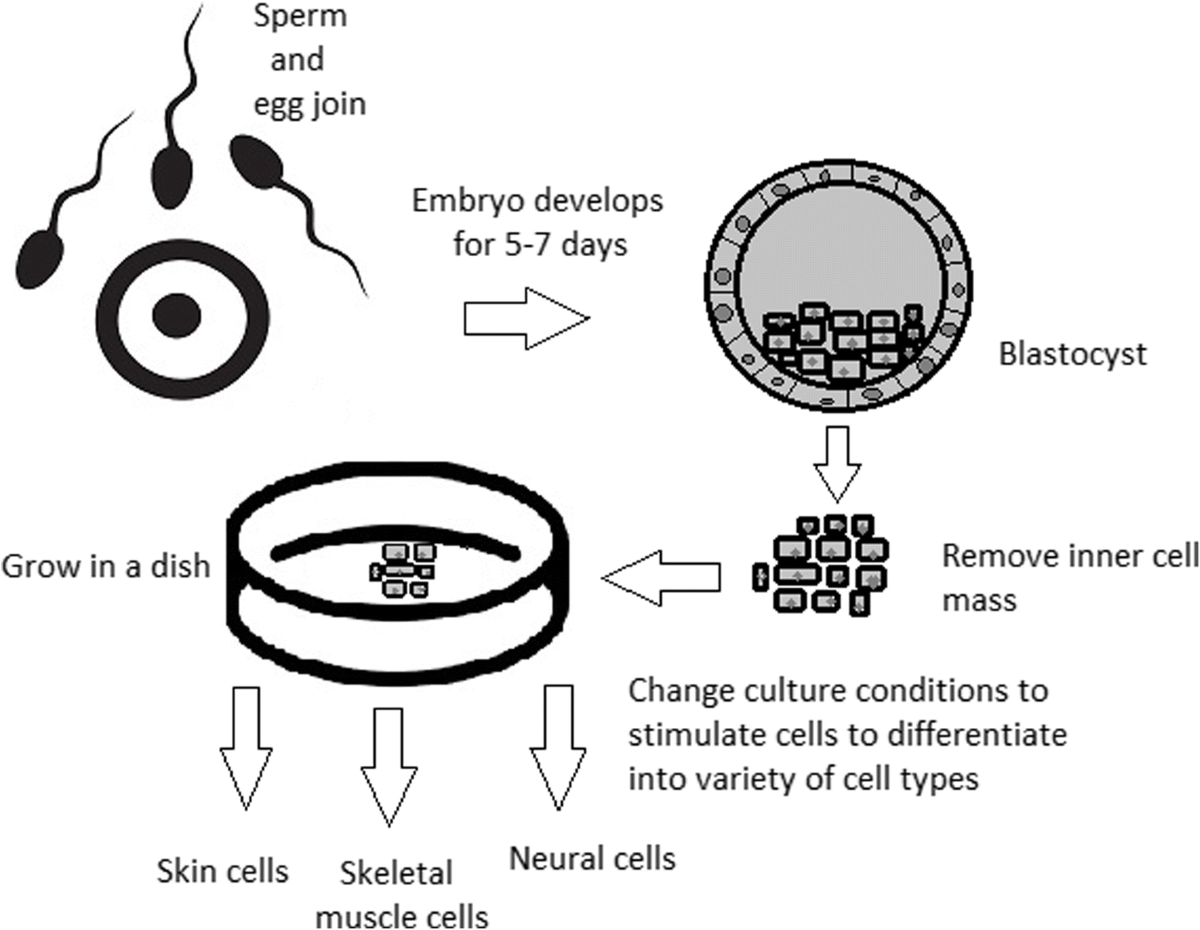Table of Contents

[/image][=video]
[/video]
A lot of sites made use of for bone marrow harvesting are located in the hip bones and the sternum. In healing, the contributor might experience some discomfort in the locations where the needle was inserted.

If an autologous transplant is prepared, previously collected stem cells, from either peripheral (apheresis) or harvest, are counted, evaluated, and prepared to infuse. The prep work for a bone marrow transplant vary depending on the sort of transplant, the disease needing transplant, and your resistance for specific medicines. Consider the following: Usually, high doses of chemotherapy and/or radiation are included in the prep work.
This treatment is typically called ablative, or myeloablative, as a result of the result on the bone marrow. The bone marrow creates the majority of the blood cells in our body. Ablative therapy prevents this procedure of cell production and the marrow comes to be vacant. An empty marrow is needed to make room for the brand-new stem cells to grow and develop a new members cell production system.
It is not a procedure to place the marrow right into the bone, but is comparable to getting a blood transfusion. The stem cells discover their method into the bone marrow and start replicating and growing new, healthy and balanced blood cells. After the transplant, supportive treatment is provided to prevent and treat infections, negative effects of treatments, and complications.
Hormone Therapy
The days prior to transplant are counted as minus days. The day of transplant is taken into consideration day absolutely no. Engraftment and recuperation complying with the transplant are counted as plus days.
The days are numbered to assist the individual and household comprehend where they are in regards to dangers and discharge preparation. Throughout mixture of bone marrow, the individual may experience the following: Pain Chills High Temperature Hives Breast discomfort After mixture, the individual might: Spend several weeks in the medical facility Be very susceptible to infection Experience extreme bleeding Required blood transfusions Be restricted to a clean environment Take several anti-biotics and various other medicines Be provided medicine to avoid graft-versus-host diseaseif the transplant was allogeneic.
Platelets are typically the last blood cell to recover. Engraftment can be postponed due to the fact that of infection, medications, reduced given away stem cell matter, or graft failure.
Bacterial infections are the most typical. Viral and fungal infections can be lethal. Any type of infection can cause a prolonged medical facility keep, stop or postpone engraftment, and/or reason irreversible body organ damage. Anti-biotics, antifungal medications, and antiviral medicines are commonly offered to attempt to avoid major infection in the immunosuppressed individual. Thrombocytopenia (low platelets) and anemia (low red blood cells), as an outcome of a nonfunctioning bone marrow, can be unsafe and even dangerous.
Discomfort relevant to mouth sores and gastrointestinal (GI) inflammation prevails. High doses of chemotherapy and radiation can create extreme mucositis (inflammation of the mouth and GI system). Fluid overload is a complication that can cause pneumonia, liver damages, and high blood stress. The main factor for liquid overload is since the kidneys can not stay up to date with the huge amount of liquid being given up the type of intravenous (IV) medicines, nourishment, and blood items.
Medical Group

Respiratory system condition is a vital function that might be jeopardized throughout transplant. Infection, swelling of the airway, fluid overload, graft-versus-host condition, and bleeding are all potential deadly difficulties that might occur in the lungs and lung system. The liver and heart are essential body organs that may be damaged during the transplantation procedure.
Failure of the graft (transplant) taking hold in the marrow is a potential problem. Graft failure might take place as an outcome of infection, frequent disease, or if the stem cell matter of the given away marrow wanted to create engraftment. Graft-versus-host illness (GVHD) can be a severe and deadly complication of a bone marrow transplant.
In contrast to an organ transplant where the patient's immune system will certainly attempt to reject just the transplanted organ, in GVHD the brand-new or transplanted immune system can assault the entire client and all of his/her organs. This is because the brand-new cells do not recognize the cells and organs of the recipient's body as self.

One of the most usual sites for GVHD are GI system, liver, skin, and lungs. Diagnosis significantly relies on the following: Kind of transplant Kind and extent of the disease being treated Disease response to treatment Genetics Your age and general wellness Your resistance of details medications, procedures, or treatments Extent of problems Similar to any procedure, in bone marrow transplant the prognosis and long-term survival can differ significantly from individual to individual.
Regenerative Therapy servicing Inkster, Michigan
Constant follow-up care is essential for the person complying with a bone marrow transplant. New techniques to enhance treatment and to lower problems and adverse effects of a bone marrow transplant are consistently being found.
Regenerative medicine therapies can be split right into three classifications: assist in healing by infusing or putting live cells right into the client. Instances of cellular therapy consist of PRP and stem cell therapies, which can be utilized to treat tendinopathy and various other sports injuries.
Outer nerves, for instance, include Schwann cells, nerve fibroblasts, and immune cells, each playing a role in nerve regeneration, as discussed right here. Stem cell therapy is one of the most extensively investigated and encouraging branches of cell regeneration treatment. Some cells, such as epithelial cells in the skin or the lining of the intestinal tract, have a high turnover turn over price can regenerate restoreRapidly
Navigation
Latest Posts
Perimenopause Treatment
Menopause Treatment
Regenerative Therapy